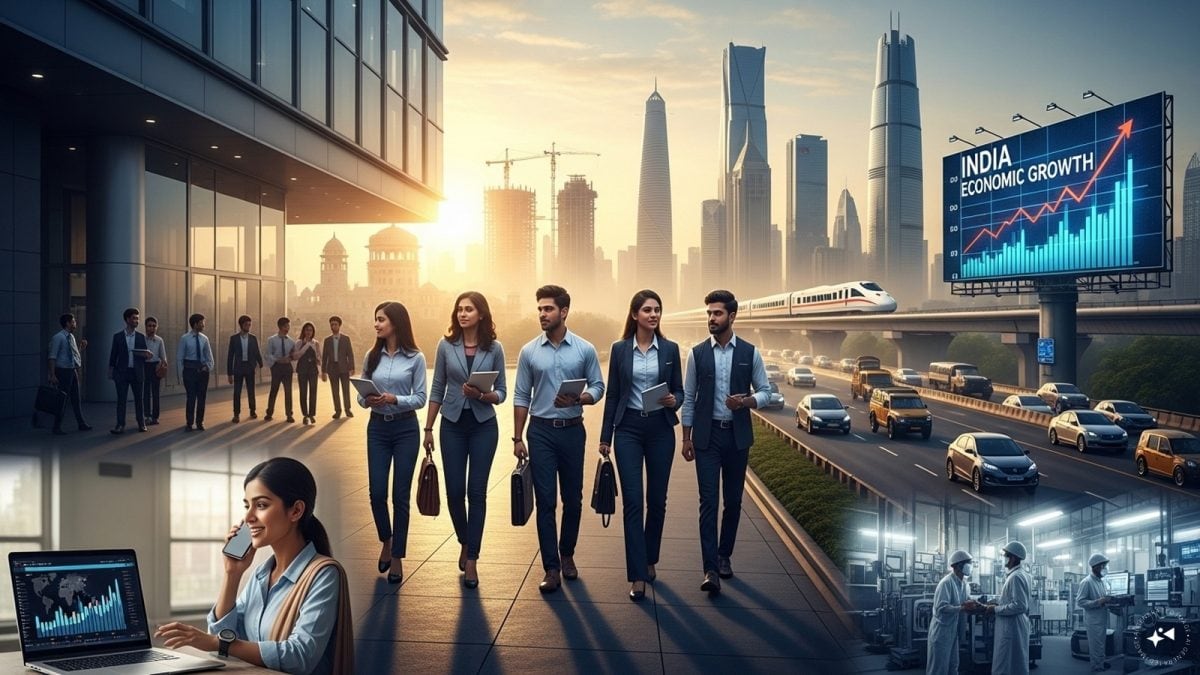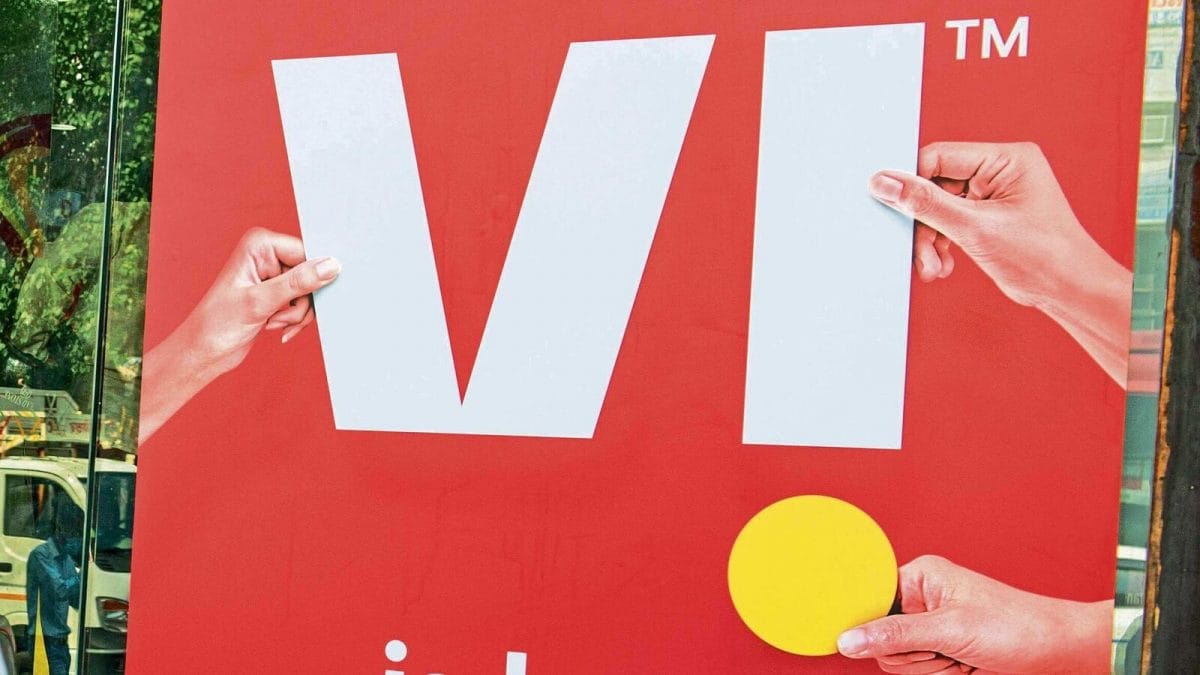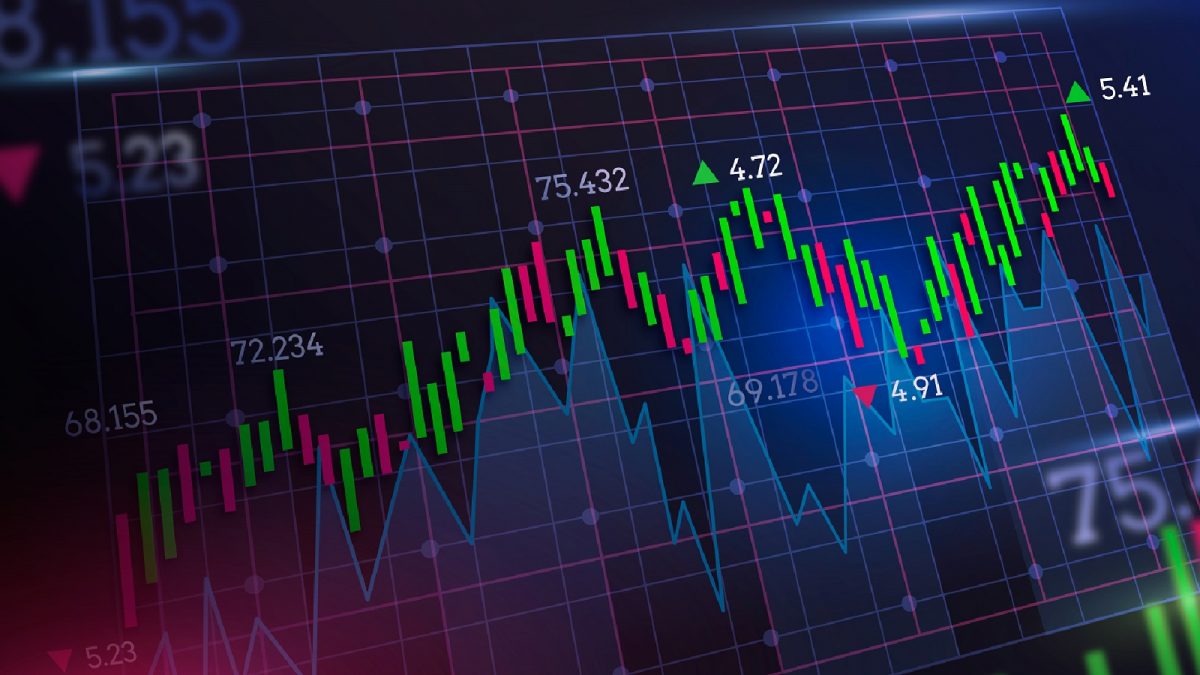Last Updated:
The Centre’s GST reform aims to simplify the tax structure to two tiers, potentially reducing revenue by Rs 85,000 crore but boosting consumption by Rs 1.98 lakh crore.

News18
The Centre’s proposed two-tier Goods and Services Tax (GST) reform, featuring lower rates on household goods, could result in an average annual revenue loss of Rs 85,000 crore, but is expected to boost consumption by nearly Rs 1.98 lakh crore, according to an SBI Research report released on Tuesday.
The Centre has suggested reducing the existing four-slab GST structure of 5, 12, 18 and 28 per cent to a two-tier system of 5 and 18 per cent, with a 40 per cent special rate for select items. The higher 40 per cent slab is proposed only for 5-7 demerit goods such as pan masala, tobacco and online gaming, according to the report.
SBI Research noted that the effective weighted average GST rate has already fallen from 14.4% at inception to 11.6% by September 2019. With the new rationalisation, this figure could decline further to 9.5%.
Despite the expected revenue shortfall, the reforms are projected to drive a 0.6% rise in GDP, supported by higher consumption. Importantly, the report added that the move is unlikely to fuel inflation, as taxes on mass-consumption items would fall. Instead, CPI inflation could ease by 20–25 basis points under the new regime.
During his Independence Day speech, Prime Minister Narendra Modi gave the first strong signal about GST reforms. He called the changes a “double Diwali gift”, promising that the new tax structure would:
he Prime Minister said the reforms will rationalise tax slabs and reduce Goods and Services Tax (GST) rates on essential and daily-use items, a move he described as a “massive gift” to citizens. “We are committed to making life easier for the common man. This Diwali, we will bring GST reforms that will lower prices and boost compliance,” Modi said in his 12th consecutive Independence Day speech.
- Simplify the slab system by reducing the number of rates.
- Lighten the tax burden on households and businesses.
- Boost demand in sectors like autos, appliances, and insurance.
This set the tone for what is now being described as GST 2.0 — a reset that aims to make taxes easier for both businesses and consumers.
The Goods and Services Tax, introduced in 2017, has faced repeated calls for simplification and rate rationalisation from industry and state governments alike. The Prime Minister’s announcement is expected to set the stage for deliberations in the GST Council ahead of the festival season.
(With PTI Inputs)
A team of writers and reporters decodes vast terms of personal finance and making money matters simpler for you. From latest initial public offerings (IPOs) in the market to best investment options, we cover al…Read More
A team of writers and reporters decodes vast terms of personal finance and making money matters simpler for you. From latest initial public offerings (IPOs) in the market to best investment options, we cover al… Read More
Read More








